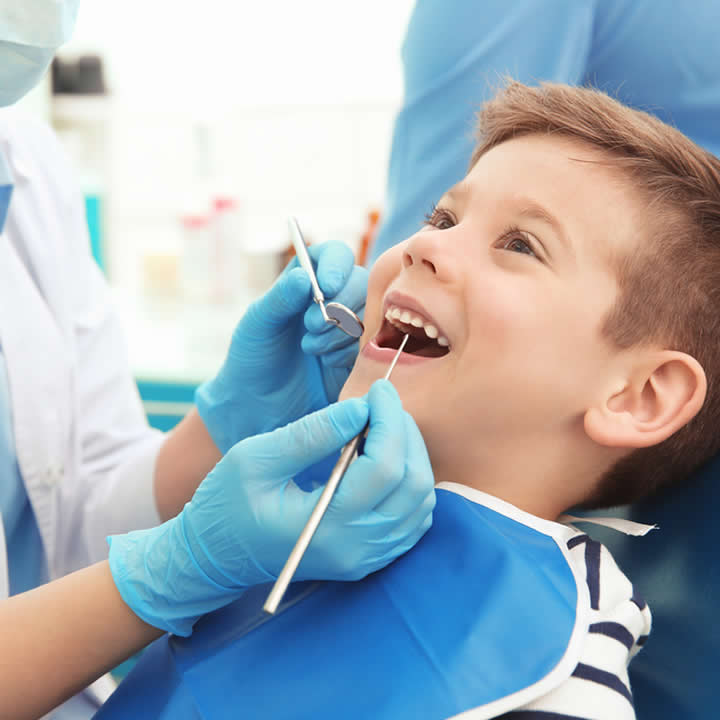Did you know that your baby can get tooth decay too? We explain how to take care of your child’s teeth!
We often associate dental cavities in adults with poor oral hygiene and the intake of socially seen foods as cariogenic (gummies, sugar gum, etc.). And indeed, both poor oral hygiene and foods with a large number of refined sugars are, most of the time are causes of tooth decay.
What are cavities?
First of all, it is worth explaining what tooth decay is in childhood dental care. At Blue Bird Dentistry dentist in Sandy Oregon are facing a disease caused by different types of bacteria present in the oral cavity. The activity of cariogenic bacteria causes demineralization of the tooth’s hard tissues, these being dissolved and creating a process of progressive dental destruction, from the surface of the tooth to the innermost part. Suppose this process is not stopped in time and tooth decay reaches the inner layers. In that case, the bacteria will infect the nerve-vascular bundle of the tooth, causing pain and necessitating the devitalization of the tooth, which is socially known as “killing the nerve.”
In childhood dental care, the mouth is one of the only parts of the body that is in continuous contact with the outside. Due to food, it is a cavity in which food remains are regularly deposited, which are a perfect source of nutrition for the bacteria that inhabit it. The bacteria are responsible for producing tooth decay feed on sugars. Therefore, it is obvious to say that the best method to prevent tooth decay is to have proper oral hygiene and reduce sugar intake as much as possible, especially refined sugars.
Oral hygiene
But it all depends exclusively on our oral hygiene and whether or not we eat sugar? Well, we can say that, although they are indeed two fundamental pillars in the appearance of dental cavities, other factors also influence the appearance of this disease. We can talk about the fact that three risk factors must enter the scene of the illness to appear. These are cariogenic bacteria, a susceptible person or tooth, and an enabling environment. When we speak of personal susceptibility, we refer to the “quality” of tooth enamel, the type of saliva, the immune response of the individual, and their behavior or attitudes. While when we talk about the environment, we refer to diet and socioeconomic and cultural factors.
Risk factor’s
Therefore, to prevent tooth decay in childhood dental care, each of the risk factors must be completely observed. And these risk factors are:
- The number of cariogenic bacteria must be reduced with an excellent oral hygiene method.
- The susceptibility of dental tissues must be reduced, and their remineralization is promoted in the disease’s initial stages. We achieve these thanks to the action of fluoride. That is why it is essential to use toothpaste that contains this element in more or less concentration, depending on each individual’s risk level.
- Control diet, which is usually the highest risk factor and most challenging to control. However, when we talk about the type of diet, we are referring to the decrease in sugars. But there are other considerations to take into account.
For example, all foods or drinks with an acidic pH will favor dental erosion, which will indirectly select cavities’ appearance by weakening the dental structure. These foods cause acidification of the oral environment, creating a more suitable environment for the survival of cariogenic bacteria. For this reason, apart from sugary foods and drinks, it is necessary to control the consumption of carbonated beverages, vinegar, lemon, cider, etc.

